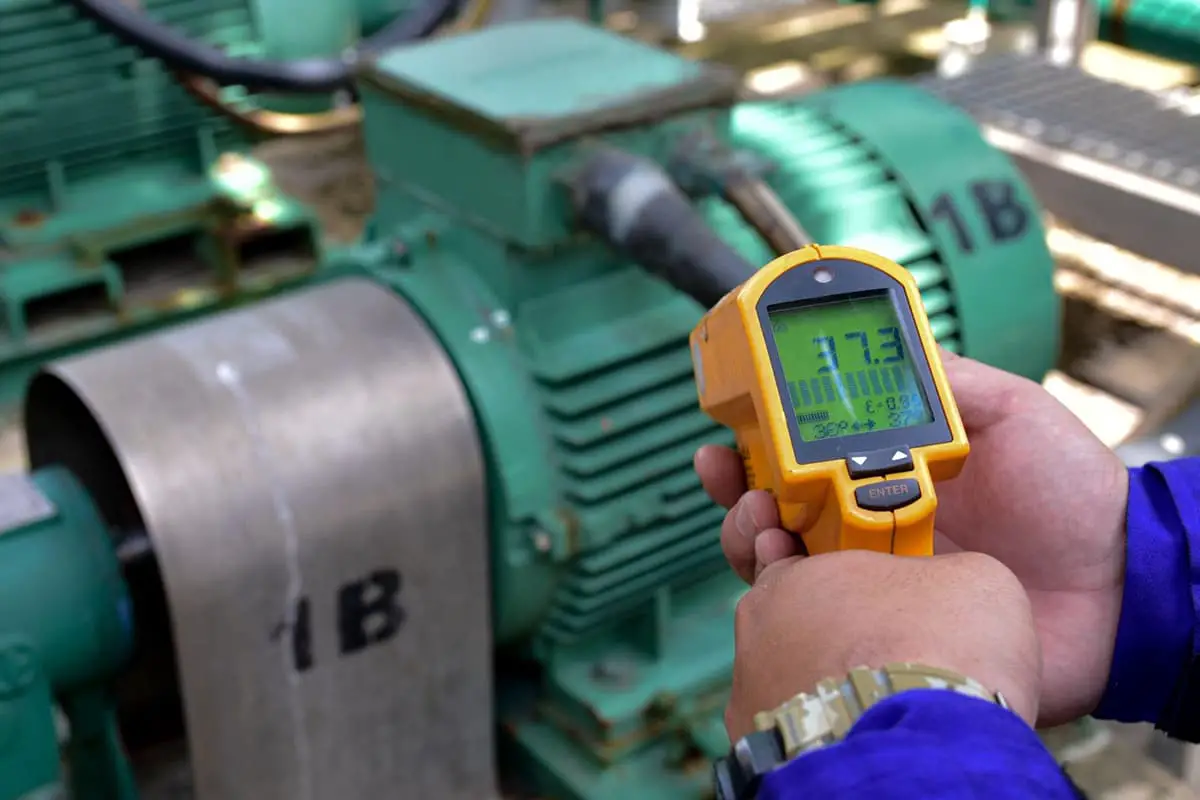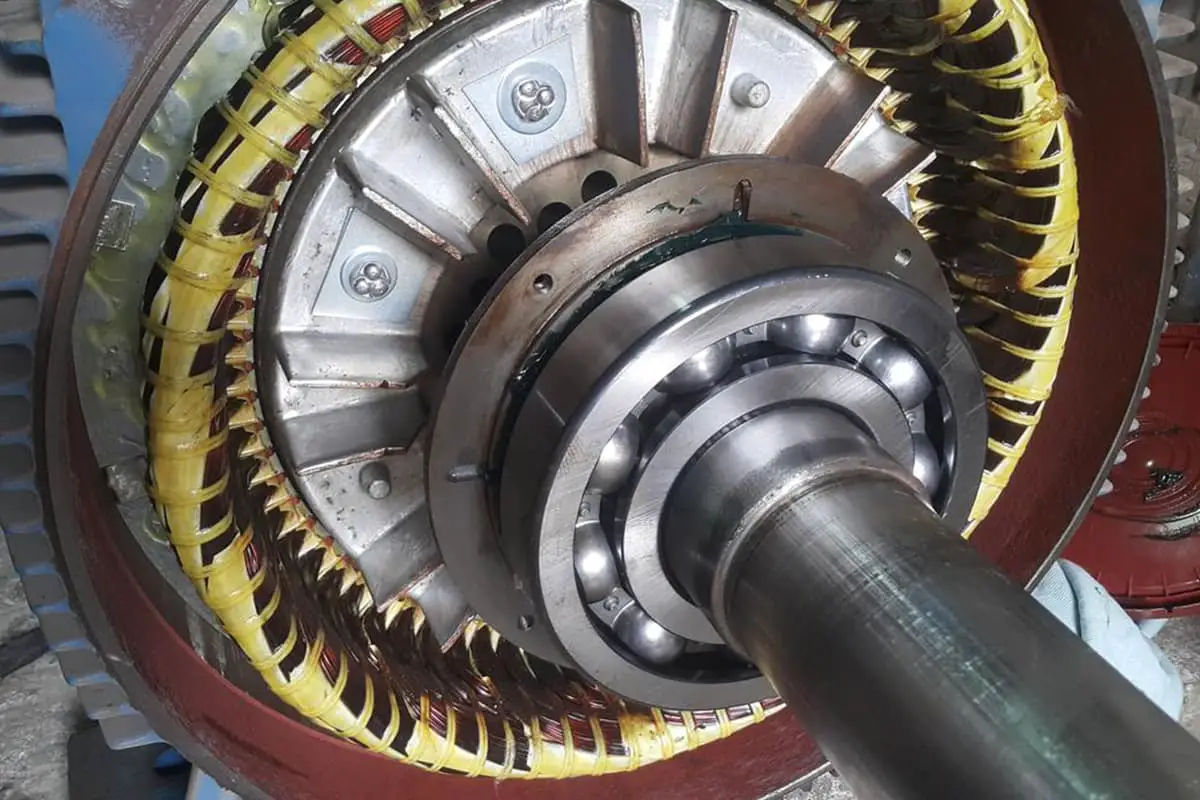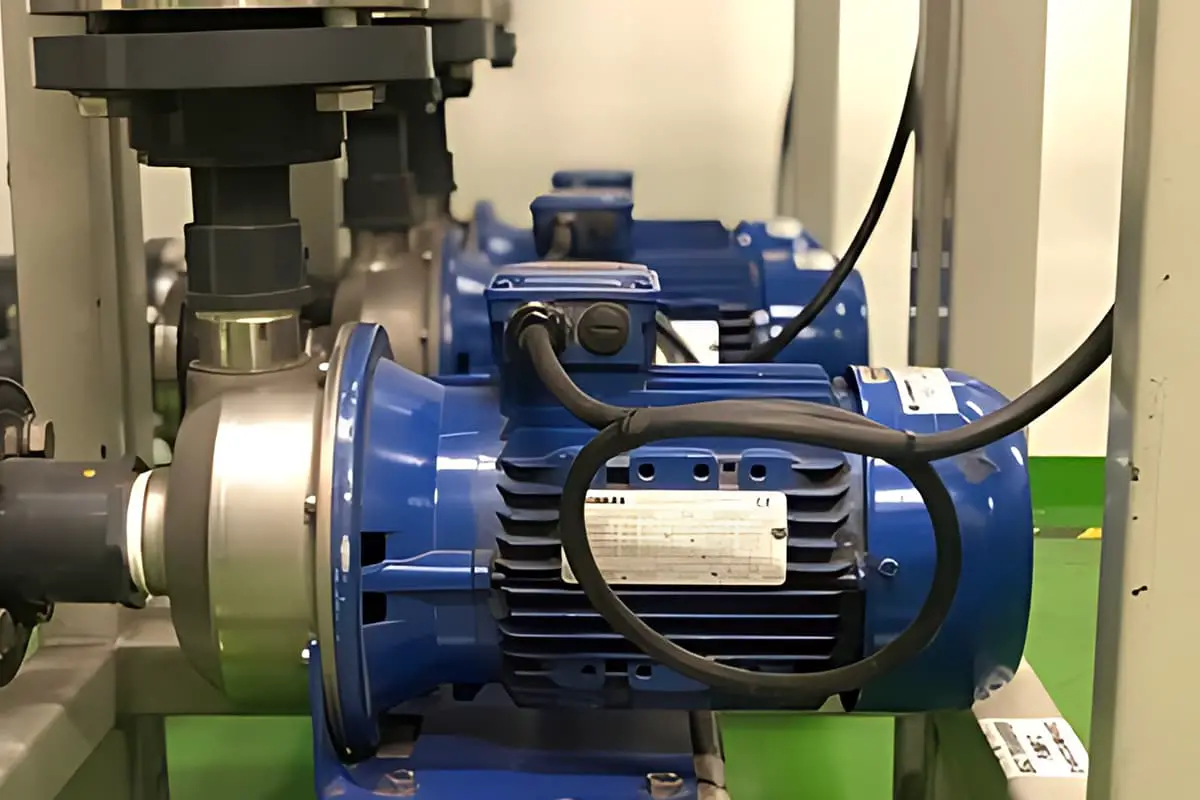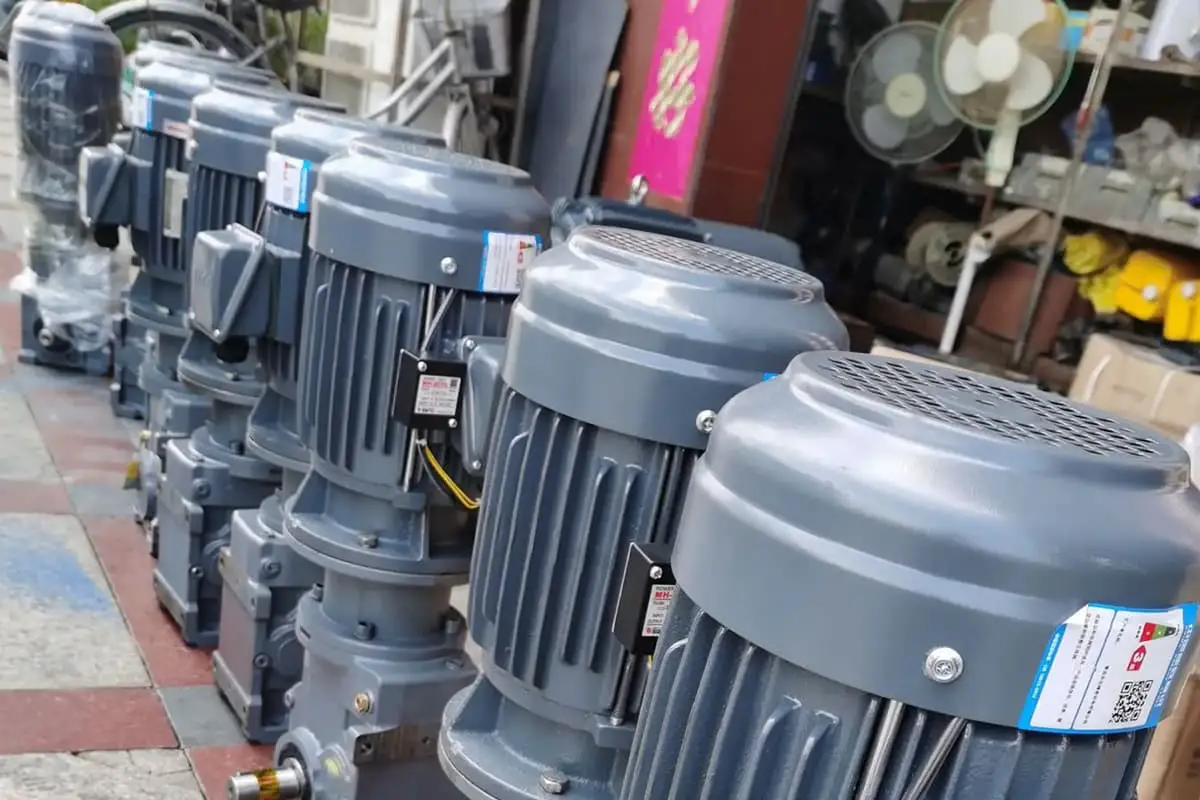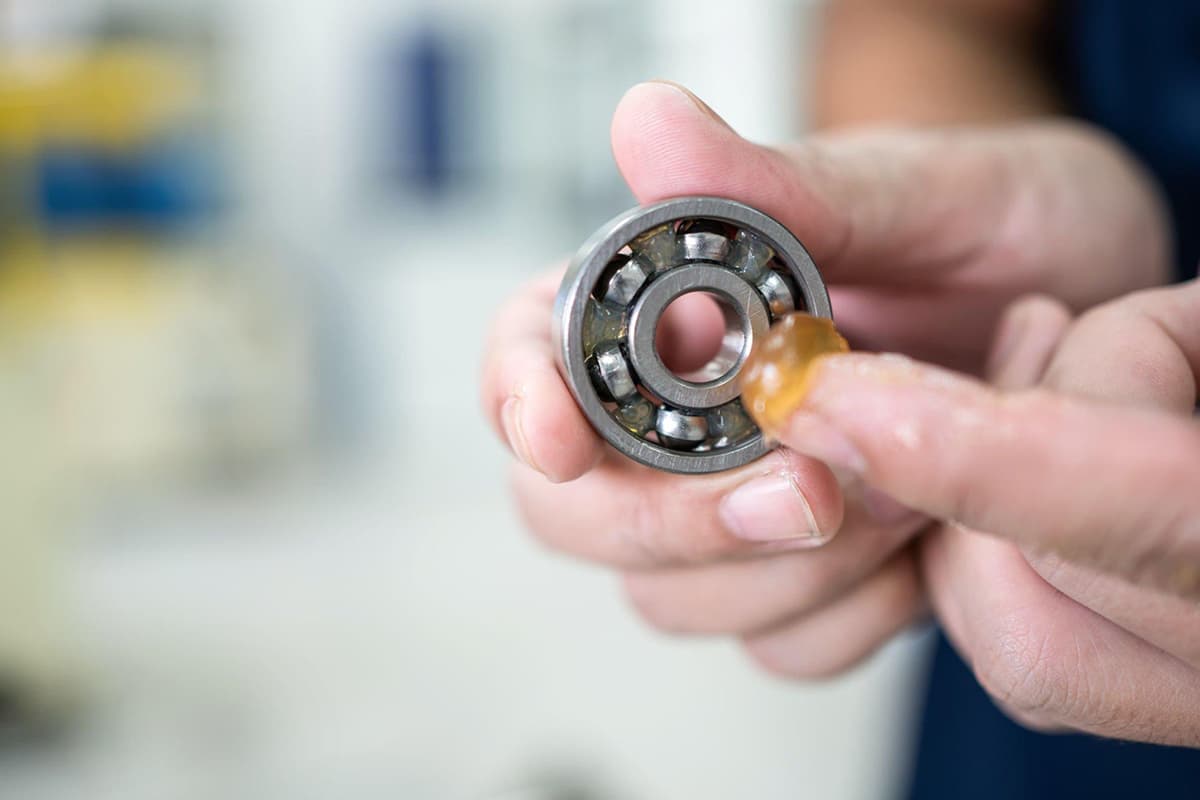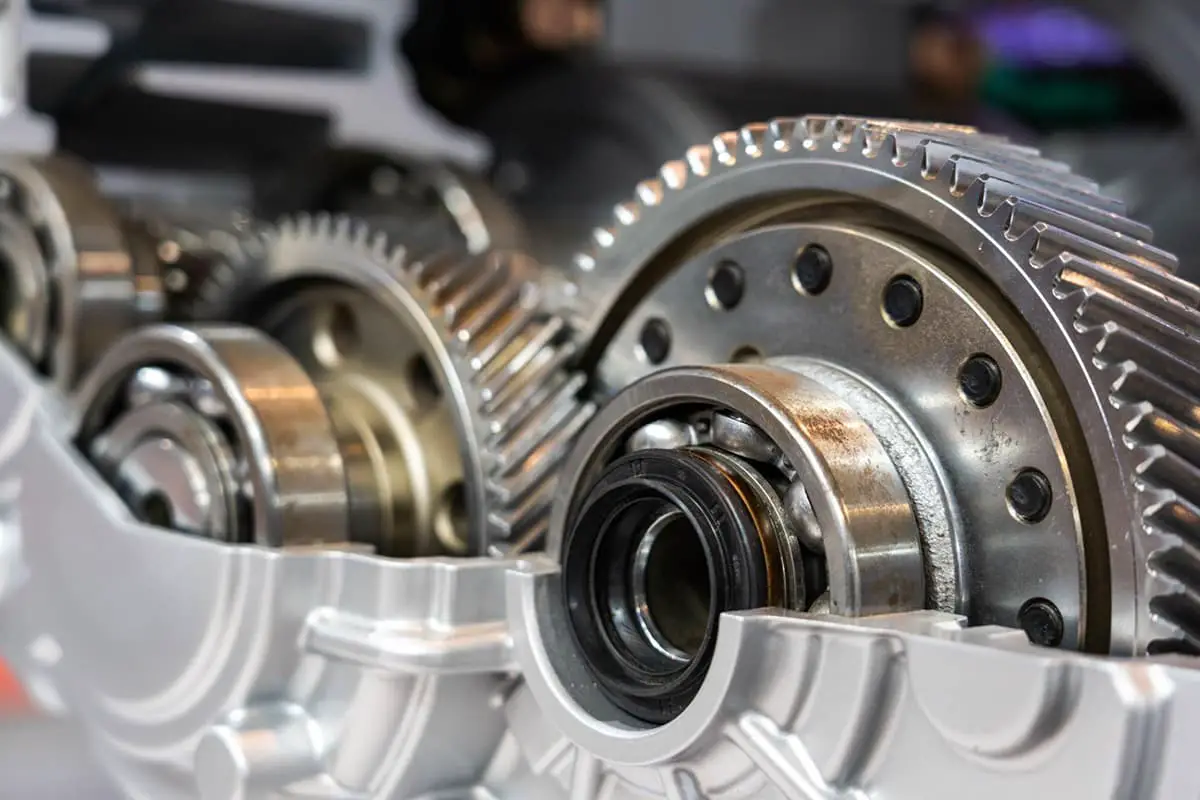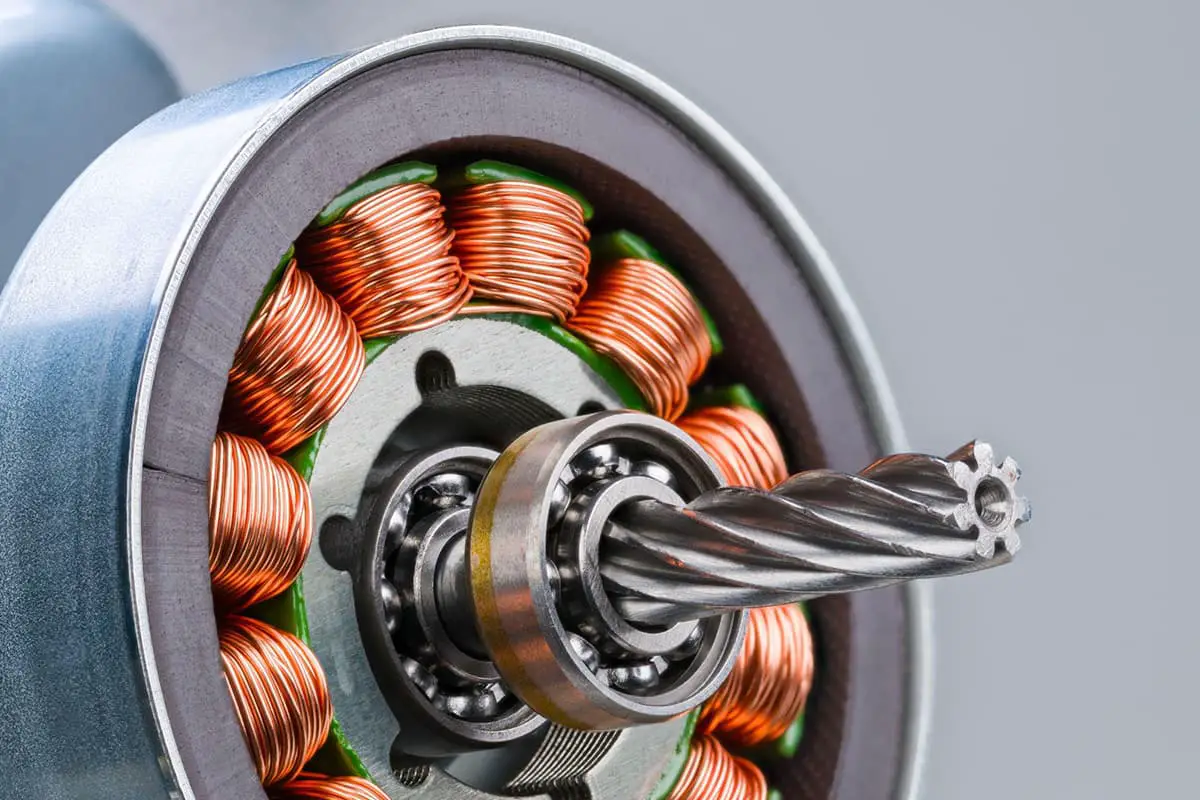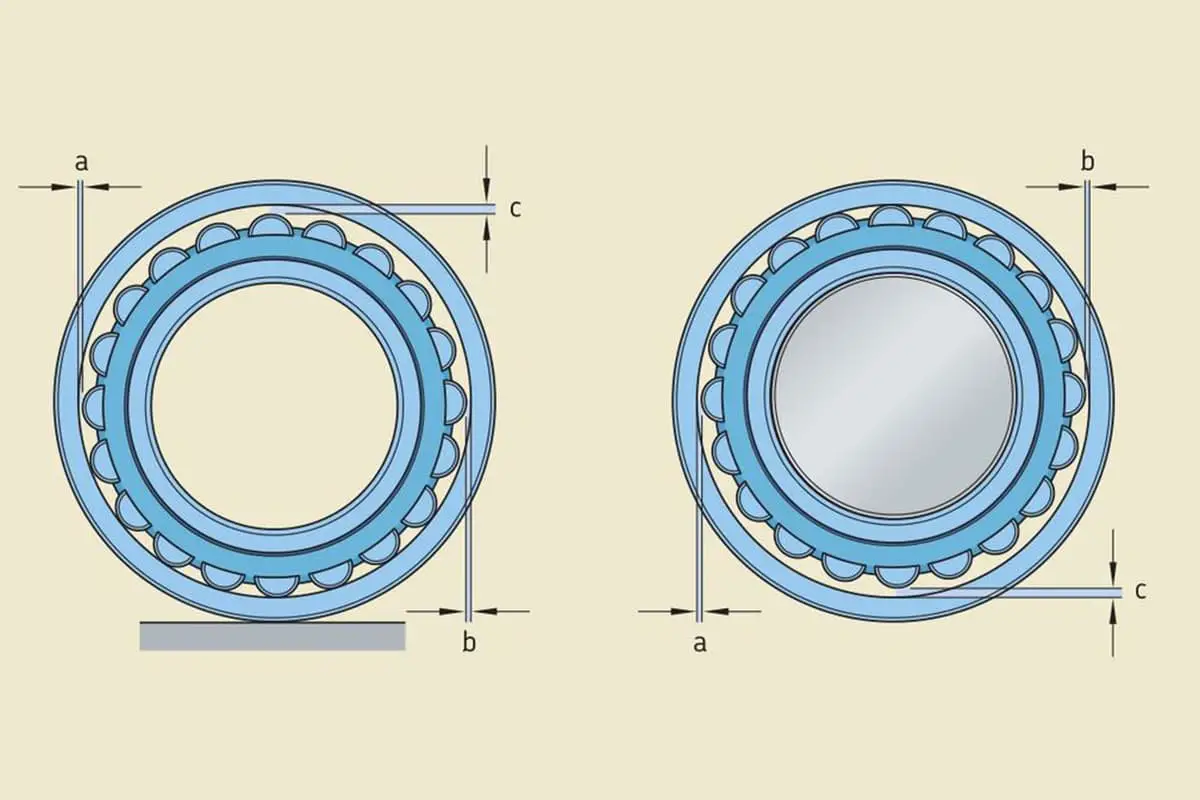
What if a simple temperature change could predict a motor’s failure? This article explores how monitoring motor bearing temperatures can reveal crucial insights about motor health. Learn how time-domain and temperature distribution analyses can help prevent costly breakdowns and ensure smooth operation.
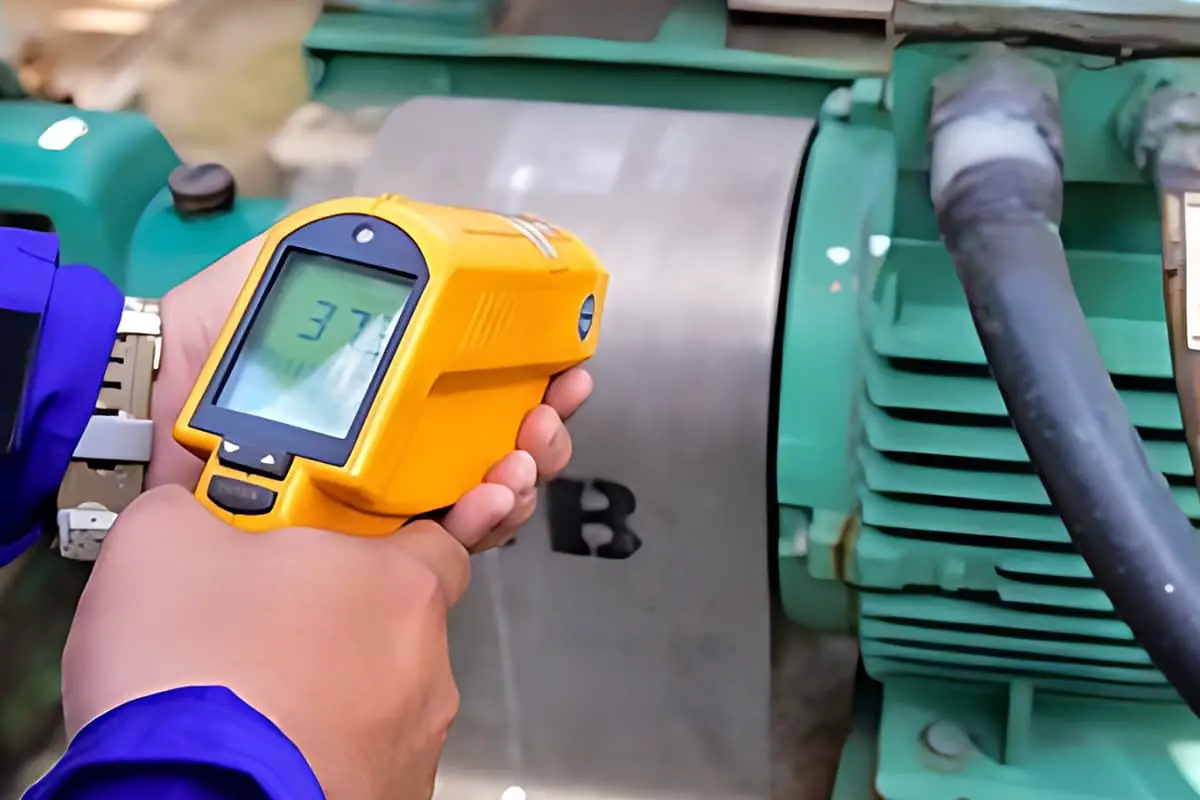
Temperature is a fundamental parameter in describing the operational status of motor bearings. Monitoring the temperature of motor bearings in use has become a standard feature for many motors.
As a critical monitoring parameter for the operation of motors and their bearings, analyzing this parameter is a vital method for assessing the operational state and failure analysis of motors and bearings.

From the perspective of motor bearing temperature analysis, firstly, in terms of time, the temperature of a motor bearing is a value that emerges over time. Therefore, temperature analysis can be approached from a time-domain perspective.
Furthermore, considering the motor as a whole and the bearing as a component, there will always be a temperature distribution at any given point in time. Hence, motor bearing temperature analysis can also be initiated from the perspective of temperature distribution.
The time-domain analysis of motor bearing temperature is, in essence, the study of how the temperature of a motor bearing changes over time. The impact of time on temperature is more directly a reflection of the changes in the bearing’s condition, load status, and environmental conditions over time.
For a motor bearing in normal use, when the motor is not running, the bearing’s temperature is the same as that of the motor housing and shaft. At this point, the motor isn’t running and doesn’t generate heat, and the bearing isn’t in operation, so it doesn’t heat up either. Thus, the motor bearing temperature aligns with the ambient temperature. This gives a reference point for the motor bearing temperature, considering factors like air medium temperature and heat conducted from surrounding equipment.
In the case of a running motor, all parts (including windings, seals, bearings, etc.) will generate heat during operation. As part of the overall mechanism, there is heat conduction between them.
At this time, if the motor load increases or a component malfunctions, it will cause a change in the motor bearing temperature. This change in bearing temperature is a means of time-domain analysis for motor bearing temperature.
Firstly, engineers, through temperature monitoring, notice that the temperature of the motor bearing is higher than its historical average, indicating the need for troubleshooting the abnormal temperature.
As previously mentioned, component failure is one reason, but not the only one for this temperature change. Therefore, diagnosing these causes forms the basis for fault diagnosis and analysis.
Years ago, I encountered a complaint about a motor bearing where the bearing’s usual temperature was 50 degrees, but one motor drive-end bearing’s temperature had reached 60 degrees. The engineers suggested possible faults based on the change in the motor bearing temperature.
However, on-site, they found that the motor bearing drive end was located at the motor cooling air outlet, where the temperature was already 56 degrees. In other words, the motor bearing operating in an environment above 50 degrees could not possibly maintain its temperature at 50 degrees. This assessment was made by observing the temperature change and considering the ambient temperature.
Additionally, big data technology offers more possibilities for the time-domain analysis of motor bearing temperature. For instance, whether the trend of the motor bearing temperature change with load aligns with the general trend, and whether the motor temperature change trend corresponds to the expected load change trend.
Our previous discussion centered on the analysis of how the temperature of isolated points on motor bearings changes over time, a concept referred to as time-domain analysis of temperature. In reality, for any piece of equipment as a whole, when it operates and generates heat, a specific distribution is presented at different locations on the same piece of equipment due to heat transfer.
For a motor, such a heat distribution manifests a certain pattern under normal conditions, while under abnormal conditions, the heat distribution may deviate from this “normal distribution”.
Before proceeding with an analysis of motor bearing temperature distribution, it is essential to understand whether different parts of the motor function as a “heat source” or a “thermal resistor” during operation.
The transition of a part from being a “thermal resistor” to a “heat source” during motor operation could potentially indicate an issue with that part.
Engineers may use thermal imaging to analyze the temperature distribution of a motor. However, often, even without thermal imaging equipment, the relationship between temperatures at different measurement points can reflect certain heat distribution patterns.
A common question is whether the temperature of the bearing within the motor is higher than that of the motor body itself.
To put it more precisely, is the bearing a heat source for the motor?
Understanding the “normal distribution” of motor bearings within the motor is critical to answering this question.
Initially, as bearings rotate, friction occurs internally, generating heat. Therefore, indeed, bearings do serve as one of the heat sources during motor operation.
However, this answer may not be comprehensive. Although bearings are a heat source, their temperature is not necessarily higher than that of the motor. In fact, bearings are a secondary heat source within the motor, with their temperatures largely influenced by the motor.
In other words, bearing temperature should not be the primary contributor to the motor’s temperature rise. This statement represents the concept under “normal conditions”. Any discrepancy between the actual motor temperature distribution and this statement should be cause for concern.

